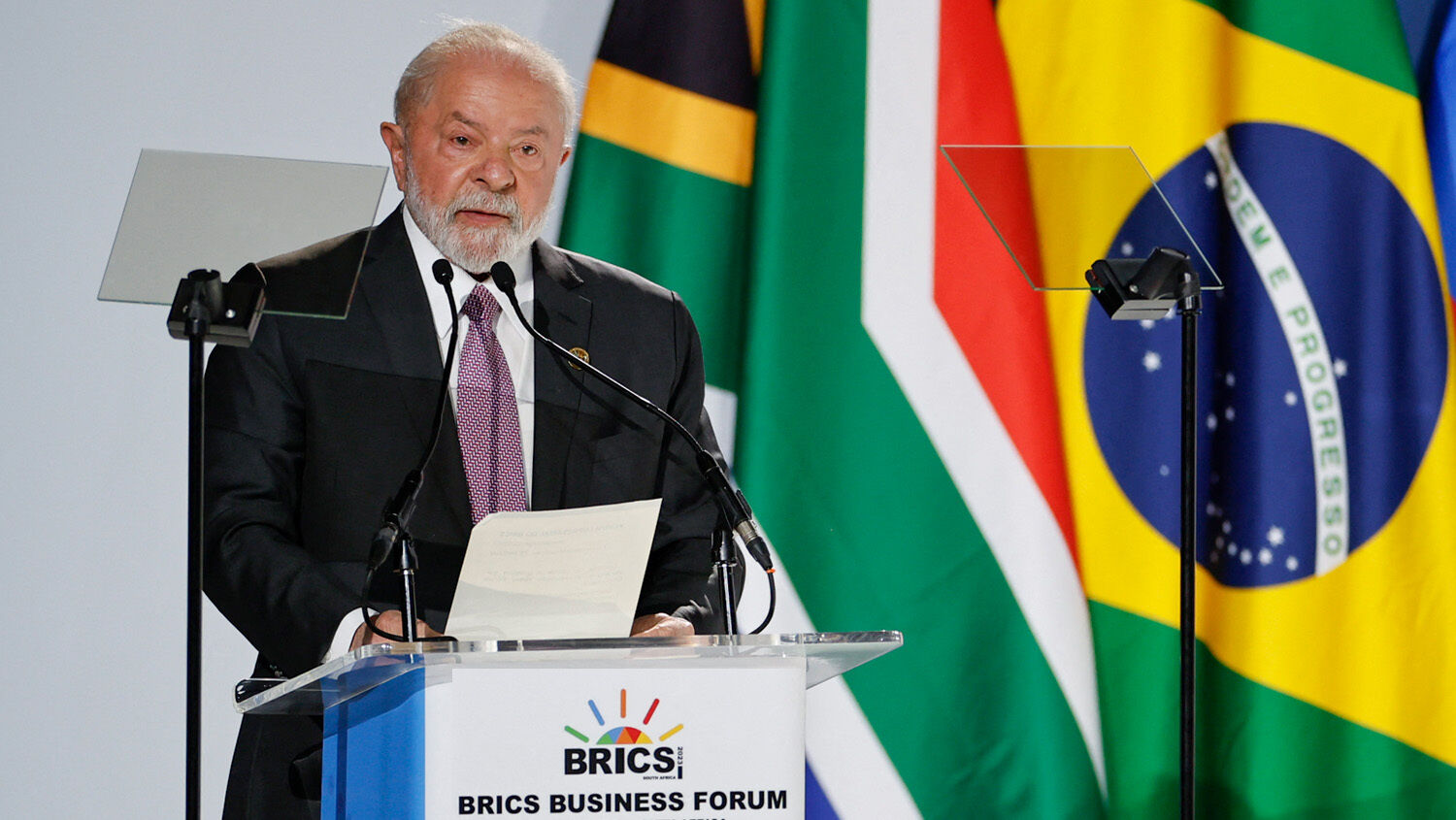
Brazil Prepares for New Digital Currency
How long before a new world reserve currency replaces the dollar? The leaders of Brazil, Russia, India, China and South Africa hope it will be soon.
In 2018, these leaders launched brics Pay, a blockchain-based digital payments system that aims to make nondollar-denominated transactions between member states easier. Brazil’s top financial institutions are gearing up for the nationwide rollout of a central bank’s digital currency compatible with this payment system.
Since his appointment in 2019, Central Bank of Brazil President Roberto Campos Neto has maintained that blockchain technology is not a passing trend. Rather, he believes blockchain can enhance the stability and efficiency of a nation’s financial system.
The launch of Brazil’s Drex digital currency next year will put Campos’s theories to the test. Banks and individuals will be able to make payments with digital tokens. More importantly, Brazil will be able to digitally convert the Drex into other digital currencies, eliminating the need to hold dollar reserves.
On August 23, Brazilian President Luiz Inácio Lula da Silva called for brics nations to circumvent the dollar by creating a common currency for trade and investment. brics Pay is a huge step toward this common currency. The fact that major Brazilian financial institutions like Itaú Unibanco, btg Pactual and Santander Brasil are preparing for a digital currency launch next year shows the nation is taking Lula’s plan seriously.
brics nations have a collective gross domestic product of $30.8 trillion, which means the bloc has more economic heft than the United States. This makes the alliance a threat to the dollar’s reserve currency status, especially if it can lure other nations over to its side.
brics is influential throughout Africa, Asia and South America. It doesn’t have any European members west of Russia, but this could soon change.
In Isaiah’s End-Time Vision, Trumpet editor in chief Gerald Flurry explains Bible prophecies about how the world economy will be dominated by three power blocs in the end time: Tyre, Tarshish and Kittim. Tyre, he explains, represents the commercial center of the modern-day European Union; Tarshish represents modern-day Japan; Kittim represents modern-day China. Isaiah 23:1-3 say the merchants of Tarshish will mourn when Tyre is overthrown. This shows Japan and China will be in a close economic partnership with a European superstate.
Other Bible prophecies, such as Leviticus 26 and Deuteronomy 28, show that the nations of Israel (the U.S. and Britain primarily) will be besieged in their gates until their “high and fenced walls come down” (Deuteronomy 28:52). The Isaiah 23 “mart of nations” is an anti-American alliance. Such an alliance would obviously have no interest in trading in dollars.
This means the process of international trade that the dollar currently provides will have to be replaced. The Blockchain-based Service Network allowing digital Drex, digital yuan, digital yen and digital euros to be electronically traded would open a myriad of alternative reserve currency options. Brazil and China are already exploring these options, and influential European voices (such as Baron Karl-Theodor zu Guttenberg) would like Europe to start exploring them as well.
Keep an eye on the digital currency revolution. It could revolutionize finances to an extent not seen since the Chinese introduced the world to paper money. The Bible tells us America will not win this revolution.
To learn more, read “Will Blockchain Block Out America?”
